Ford Mustang Coupe (2015-2024) engines, drive and performance
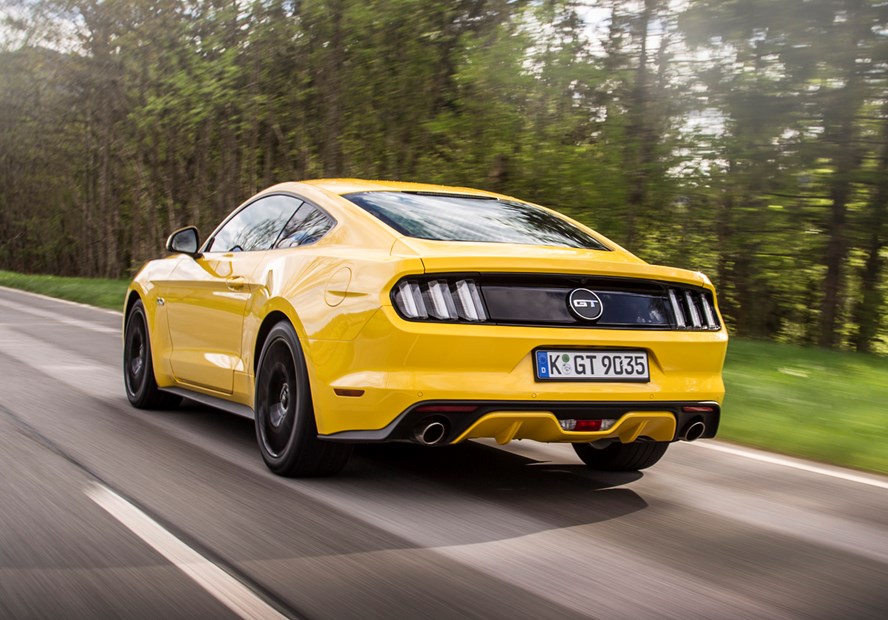
- Only a pair of powerful petrols on offer
- 2.3 EcoBoost shared with the Focus RS
- If you can afford to fuel it, go for the V8
Petrol engines
You’ve a choice of two engines with the Mustang and both of them are 5.0-litre V8s. The regular Mustang gets a 450hp version of this engine that’s happy to slog from well below 2,000rpm but does its best work above 4,000rpm. Indeed, this isn’t some old-fashioned lump of pig iron, it revs enthusiastically all the way past 7,000rpm.
That makes it a very different proposition to turbocharged rivals, needing to be worked harder before it feels properly fast. For some that may not appeal, but there’s no doubt it suits the Mustang’s old school character and certainly brings a bit more driver involvement. That’s especially true if you’ve opted for the six-speed manual gearbox.
Opt for the Mach 1 and you get a few tweaks to bring power up to 460hp, improve response and improve acceleration a little. All current Mustangs bar the manual convertible crack 0-62mph in under five seconds, with automatic models knocking a couple of tenths or so off.
All versions get a switchable sports exhaust that on the one hand allows the Mustang to sound positively demure, and on the other like you’re in the middle of a NASCAR race. Its muscular roar is undoubtedly one of the highlights of the car.
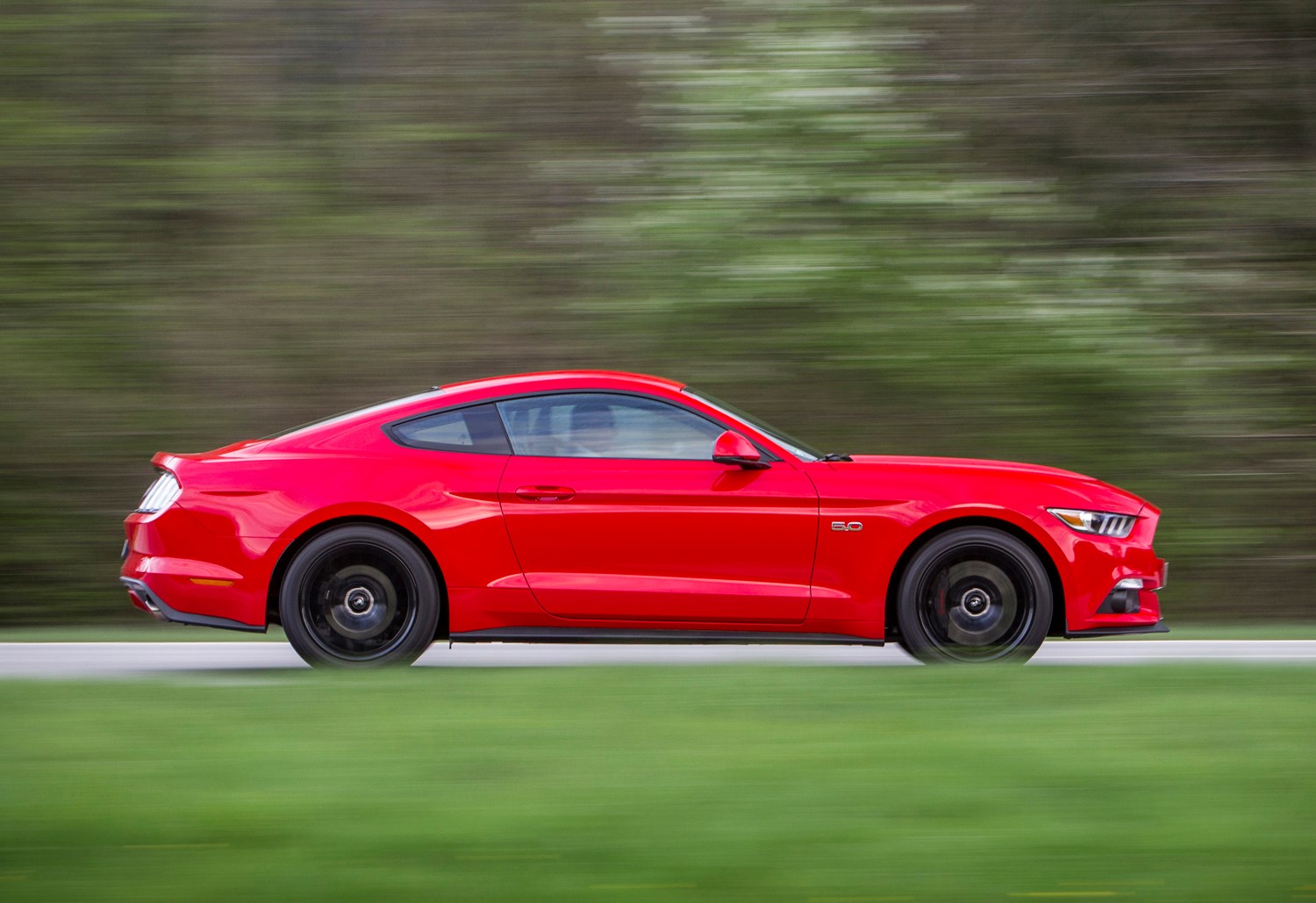
What’s it like to drive?
- Mustang has surprisingly agility…
- Magnetic suspension on post-facelift cars a must
- You’re never not aware of its girth
If you’re expecting the Mustang to feel like a bit of a brute that requires a firm hand, you won’t be too far from the truth. The steering feels weighty even in its lightest setting and the six-speed manual gearbox needs a firm hand. However, the former is precise and the latter has a delightfully mechanical feel.
Many people will prefer the 10-speed automatic which shifts smoothly but isn’t quite as sharp or alert as the eight-speed ‘boxes found in the 4 Series, Supra and F-Type. If you’re buying a Mustang to cruise it’s a decent fit although enthusiasts should pick the manual for the extra layer of mechanical involvement.
Similarly, the Mustang always feels like the big heavy car that it is, changing direction with less urgency than smaller rivals. A 2018 facelift helped tame its slightly wayward nature, with grippier tyres and optional adjustable suspension making it feel more surefooted and less likely to wag its tail when you accelerate out of a bend.
That’s not to say the Mustang is boring; it’ll still spin its rear tyres and slide sideways if you push it but there’s a greater feeling of control that makes driving in slippery conditions less fraught. If you’d rather slow down and relax, the suspension does a good job of soaking up bumps especially if you’ve got the adaptive dampers set to their softest setting.
If you’re more interested in handling, we’d certainly recommend taking a long hard look at the Mach 1. The extra expense over a regular GT gets you those adaptive dampers as standard with bespoke, sportier tuning, tweaks to the suspension and even aerodynamic tweaks to push it onto the Tarmac harder at speed. The icing on the cake is that more potent engine.
The stiffer suspension means you’ll feel more bumps in the road although the Mach 1 is by no means uncomfortable. The upshot is that it feels keener to change direction and has a tighter grip on body movements over undulations in the road. That allows you to push harder with confidence and have more fun in the process. Even so, a BMW 4 Series feels more agile while a Porsche Cayman is sharper still.



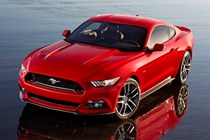
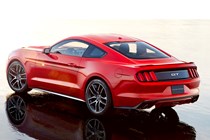
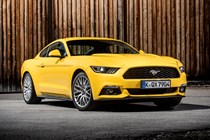
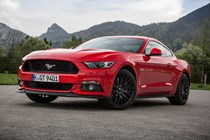
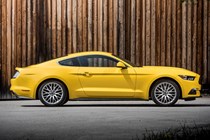
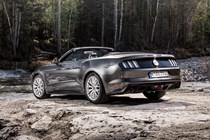
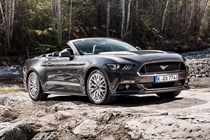
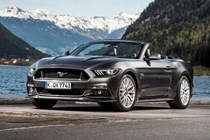
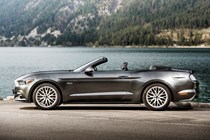

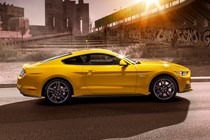
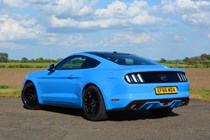
.jpg)
.jpg)

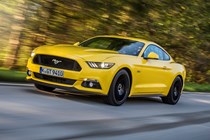
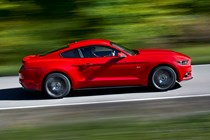
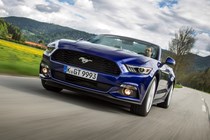
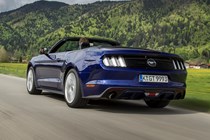


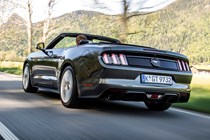

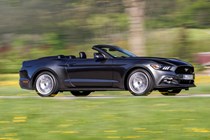
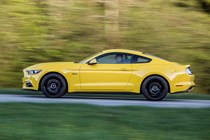
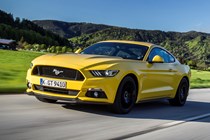
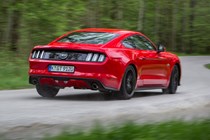
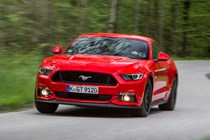
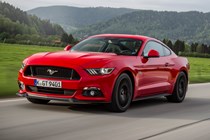


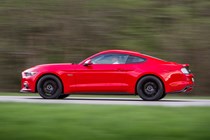
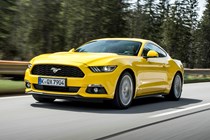
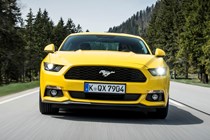
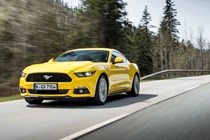
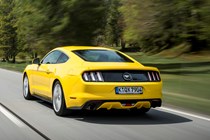
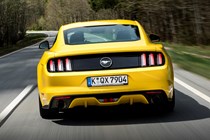
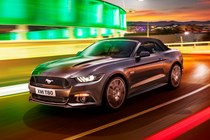
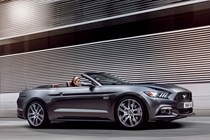
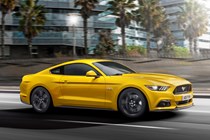
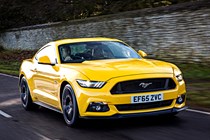
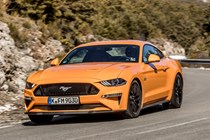
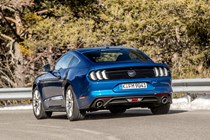
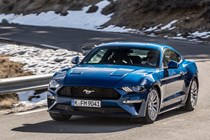


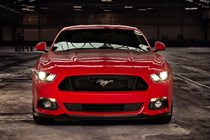
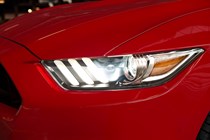
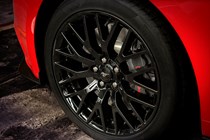
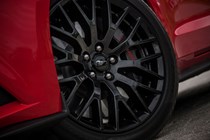
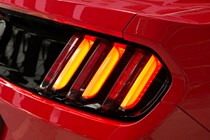

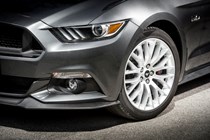
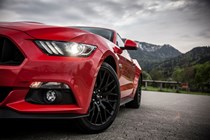
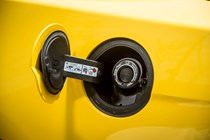
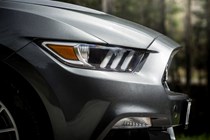
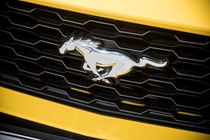
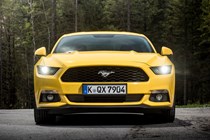
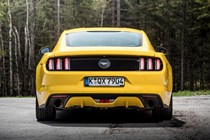
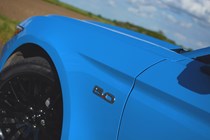

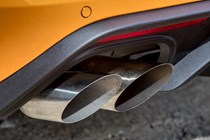

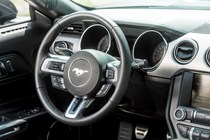




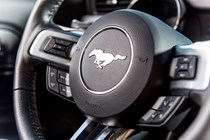
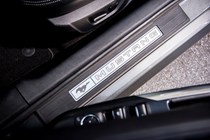
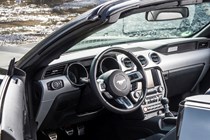
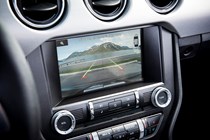

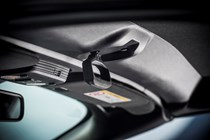

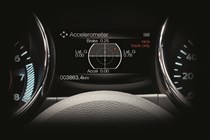
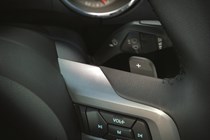
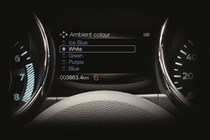
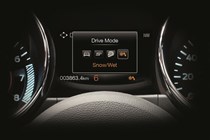
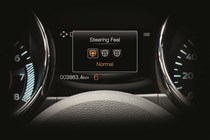
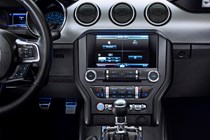
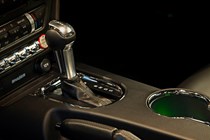
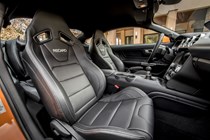
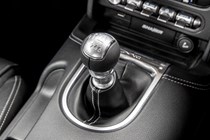
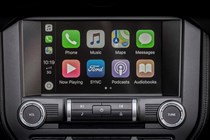

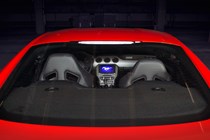
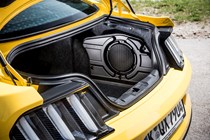
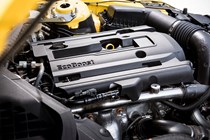
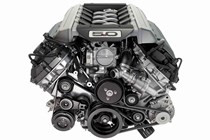
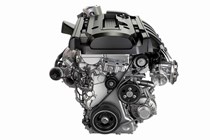
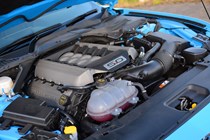













.jpg?quality=50)
.jpg?quality=50)













































































